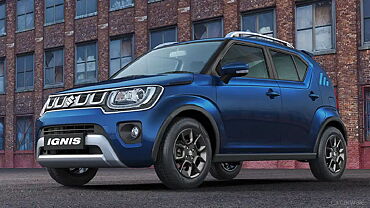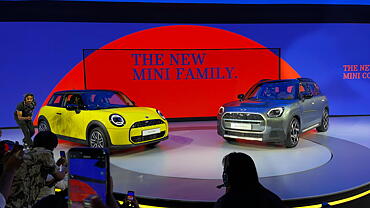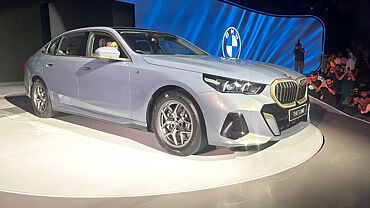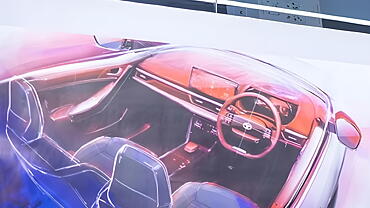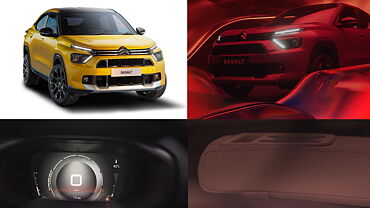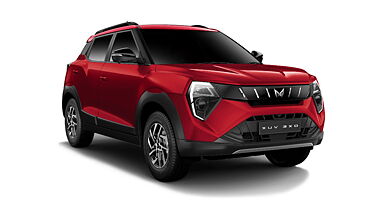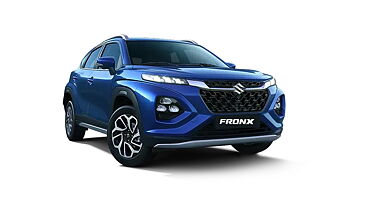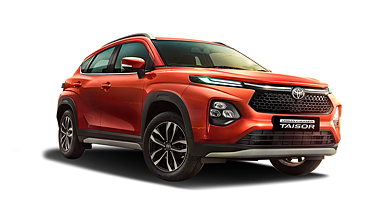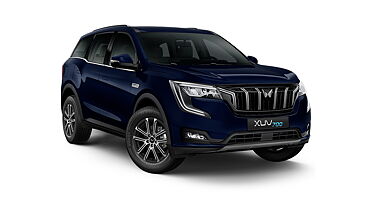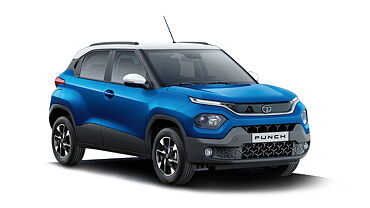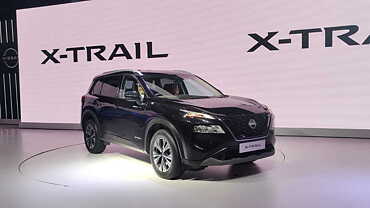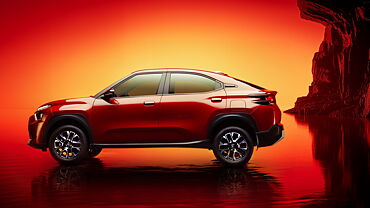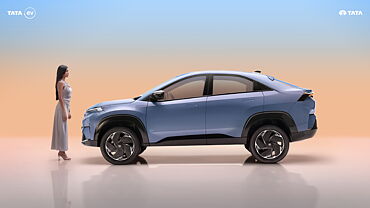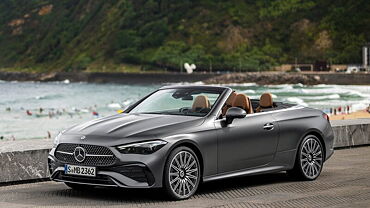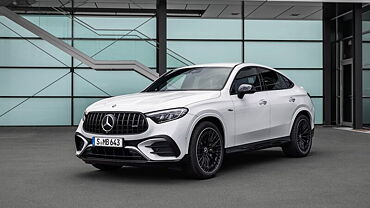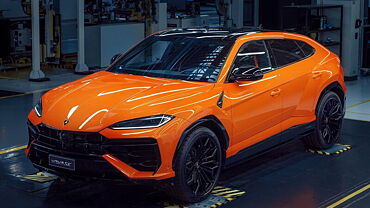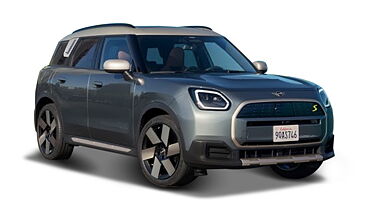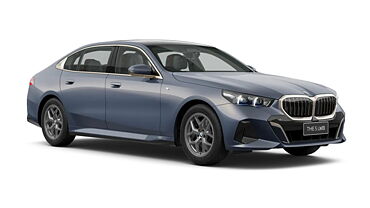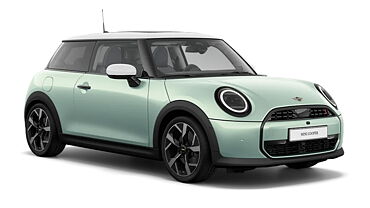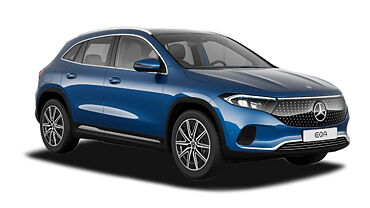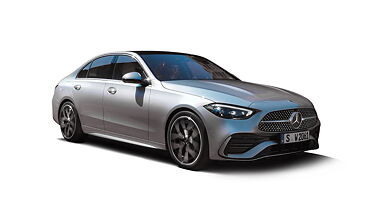
Why would I buy it?
- Feature-loaded
- Dedicated EV platform
- Range
Why would I avoid it?
- Little rough around the edges
- Expensive top-spec variants
Engine and Performance
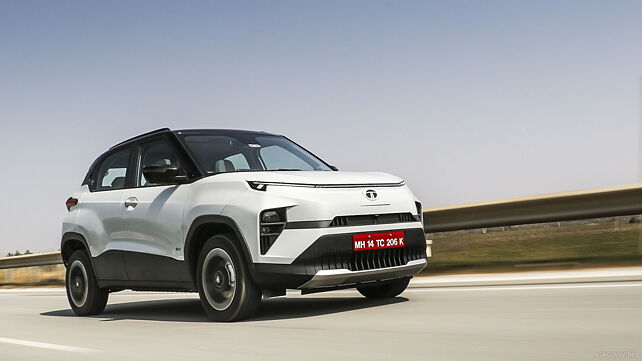
With the new dedicated EV architecture, the Tata Punch EV gets a sufficiently large 35kWh battery pack. It’s smaller than the Nexon EV’s long-range version’s 40.5kWh, but the claimed range is around 421km (just 50km shy of the bigger sibling). A smaller 25kWh battery pack is also available, which has an output of 80bhp and 114Nm with a claimed range of 315km. For this review, we drove the bigger battery pack unit, which Tata likes to call the ‘Long Range’ version.
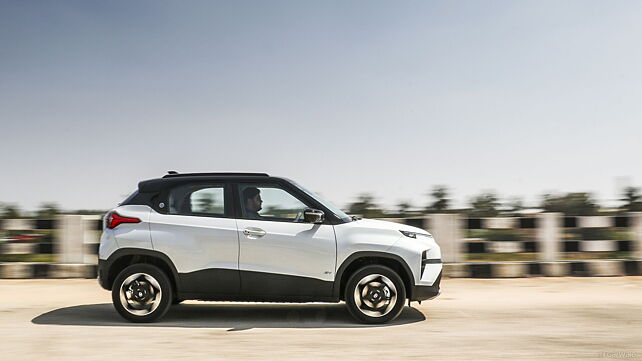
The Punch EV was smooth and easy to drive. The electric powertrain – putting an equivalent of 120 horsepower – is surprisingly powerful for this pocket-sized EV. Tata says its 0-100kmph time is less than 10 seconds. Off the mark, there was a good surge of power from the front-axle mounted motor and progression was quick and linear. The EV powertrain was vibration-free for the most part, but under hard acceleration, especially when pulling an overtaking manoeuvre, there were some vibrations felt, which also got filtered inside the cabin.
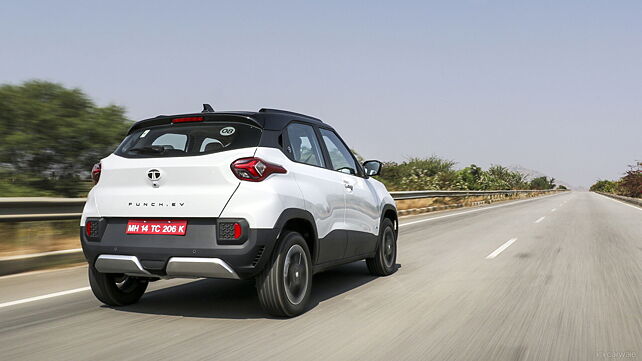
That said, the powertrain felt refined and is convenient enough for everyday usability. The Punch EV gets three drive modes. In Eco mode, the way the power is put down feels slightly restricted, but in Sport mode, the acceleration is quicker and the throttle response is sharper. However, for everyday commutes, City mode does the job perfectly. As for the brake energy regen, there are four levels – zero to three – which can be controlled via the paddle shifters. In the highest regen, you won’t feel the dexterity of a one-pedal setup.
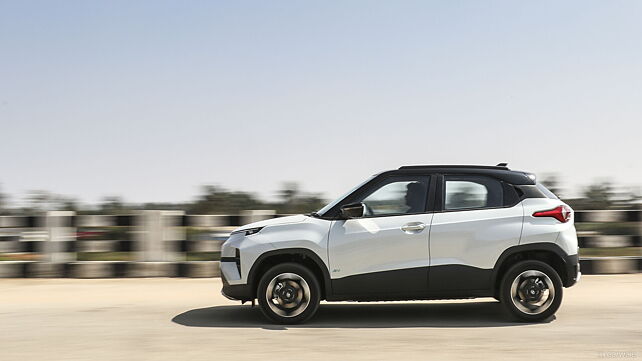
As for the charging, the 3.3kW AC or 15A charging takes over nine hours for a 10-100 per cent charge, while the optional 7.2kW unit brings the time down to five hours. There’s also a Type 2 CCS support with a 50kW DC fast charging capacity. Using it will juice up the battery from 10 to 80 per cent in 56 minutes.
Ride and Handling
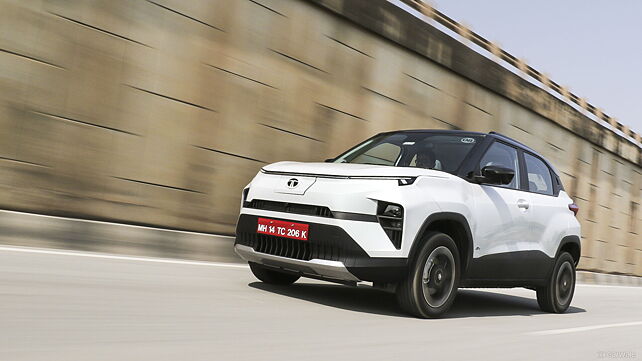
As for the ride quality, the Punch EV is everything you’d expect from a Tata. It was absorbent, quite pliant, and managed to absorb all the irregularities we went over quite nicely. Helping it was the 190mm of ground clearance and robustness; it could take the beaten part quite nicely. Even the steering was surprisingly quick, compared to the standard Punch, and had a linear and progressive nature. It wasn’t very light either but felt rightly weighted. So overall, the controls of the Punch EV feel familiar and comfortable enough for newer drivers as well.
Exterior
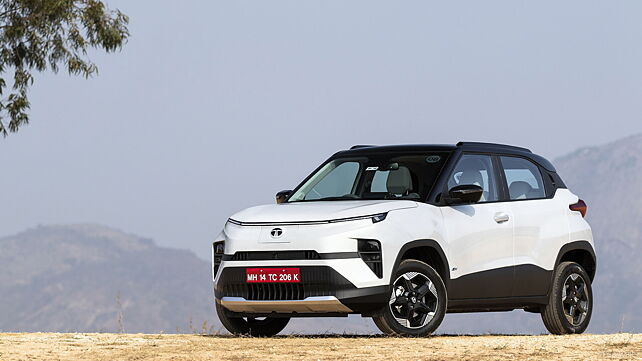
Unlike the Nexon EV, the Punch EV is more of a ground-up EV underpinned by the new Active (written as Acti.EV) architecture. This platform will also be underpinning all the new EVs that Tata is planning to launch in the next few years, which includes the Harrier EV, as well as the much-anticipated Sierra EV. Now, this active architecture is scalable, and it also has provision for an all-wheel drive system. The Punch EV benefits from this active architecture in three ways. First, the rear seat passengers get a flat floor, second, the charging plug has moved to the nose, and the third is a Tata-first – a 14-litre frunk. It can house the portable charging cable or your weekly groceries, not both.
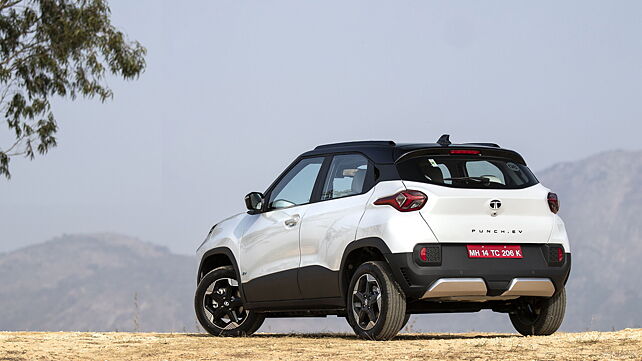
As for the design, the Punch EV takes inspiration from the Nexon EV facelift. So you get the new family design that was also seen on the Harrier and the Safari. There’s a slick LED bar running across the face, below which there are vertical slats, and the headlamps have been moved to the sides into the triangular housing. Over to the side, the 16-inch alloy wheels are aerodynamic-friendly and there’s an EV badge on the side. However, changes at the back are minimalistic as you won't be able to differentiate between a standard Punch and a Punch EV unless you look at the badge or you see the missing tailpipe.
Interior and Features
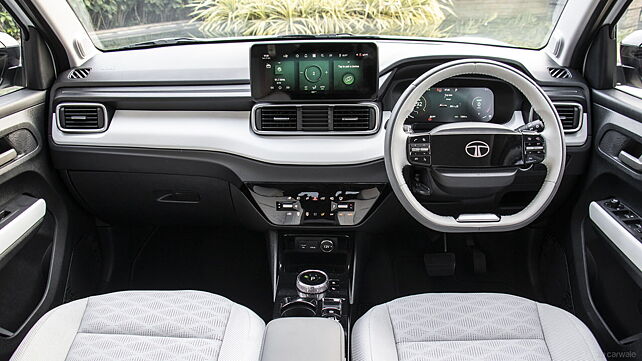
The Punch EV is feature-loaded right from the base variant as you get a lot of features as standard. And as you move up the ladder, or as Tata likes to call it ‘Personas’, you get so many features that some of them that are seen here are not even offered in cars two or three segments above it. So, you get the 10.25-inch touch screen, which was seen in the next EV, and the touch response here is intuitive and smooth.
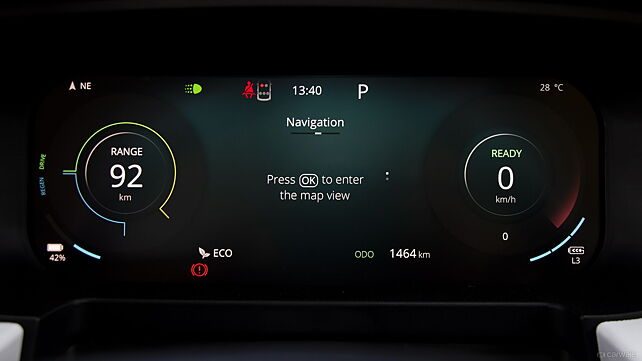
Moving down to the centre console, compared to the standard punch EV, you get a new HVAC control panel where you have an assortment of buttons, but not physical ones. And the diamond knurling gear lever from the Nexon EV has made its way here. The seats have also been upgraded over the standard Punch and these felt nicer and more comfortable. However, the leatherette upholstery could have had a better fitting.
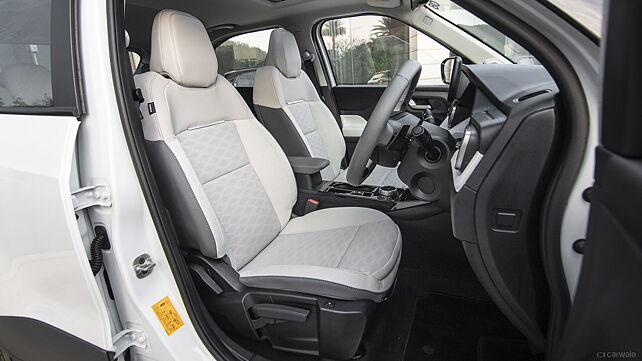
Even the new two-spoke steering wheel with an illuminated Tata logo is a part of the revamped cabin. Behind them, you have paddle shifters controlling the regen mode. And behind the steering wheel is an all-digital driver's display. You get a good amount of information but the space utilisation to show this information could have been better.
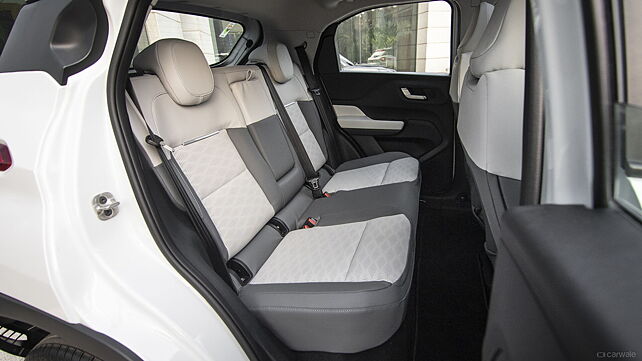
On the flip side, the second-row space isn’t generous, especially when it comes to legroom. Even seating three at the back would be a squeeze. There are no cup holders or dedicated air vents either, but you do get three-point seatbelts and adjustable headrests. Even ergonomics for the front passengers could have been improved if the centre console had been placed slightly higher. It would have allowed ergonomic access to the cupholders and gear levers while also providing better support to the driver’s left leg.
Conclusion
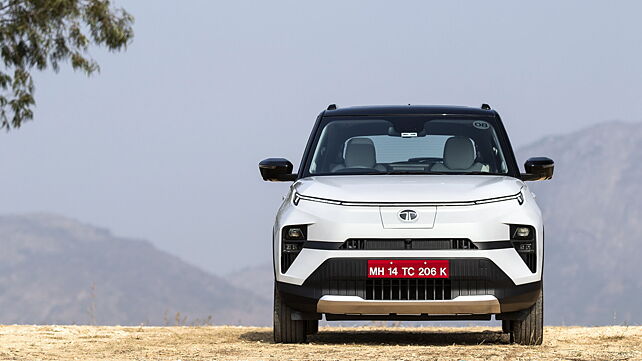
In terms of pricing, the Punch EV ranges between Rs. 11.67 lakh to Rs. 16.48 lakh, on-the-road, Mumbai. This not only means it comes at a huge premium over the standard Punch but is almost as expensive as a regular C-SUV. So, the biggest challenge for the Punch EV is to make buyers realise the potential of a compact electric SUV, particularly at this price point.
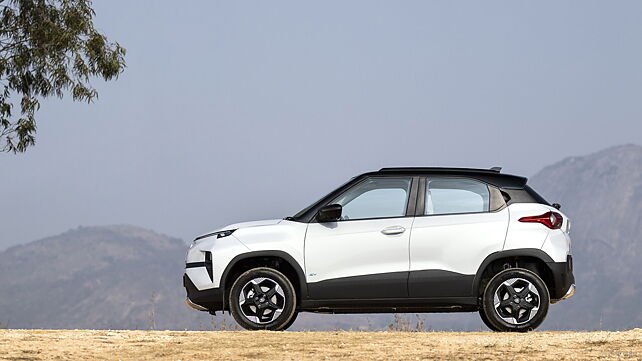
That said, the Punch EV is exactly what we expected it to be. It is smooth and easy to drive and has loads and loads of features. It's not a bad-looking car either, and then it's the entire ecosystem that the Tata EV brings with it. It's not without flaws either, and might still have some niggles here and there, but as a first-time EV, the Punch is a great choice nonetheless.
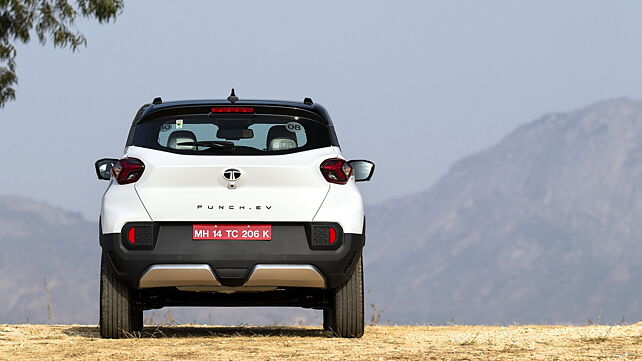
Pictures by Kaustubh Gandhi

